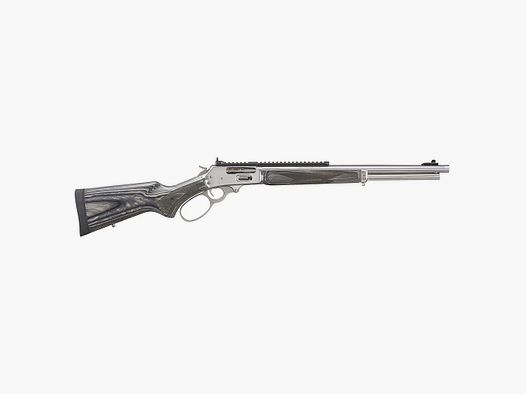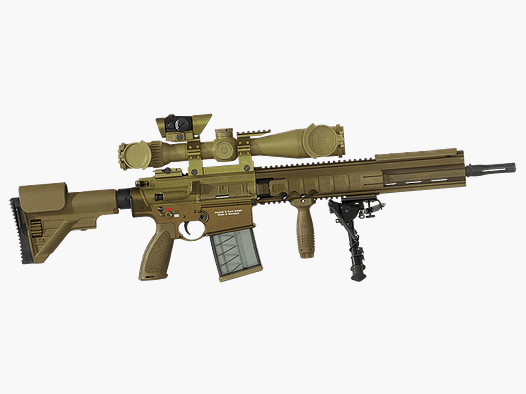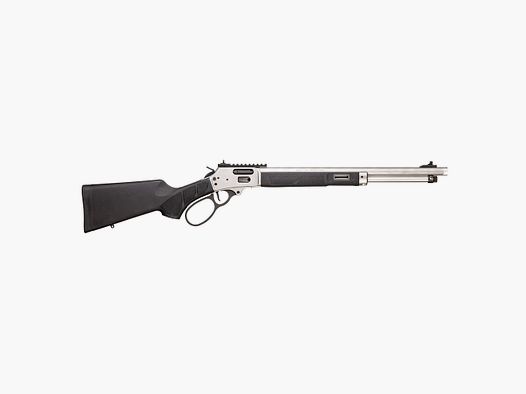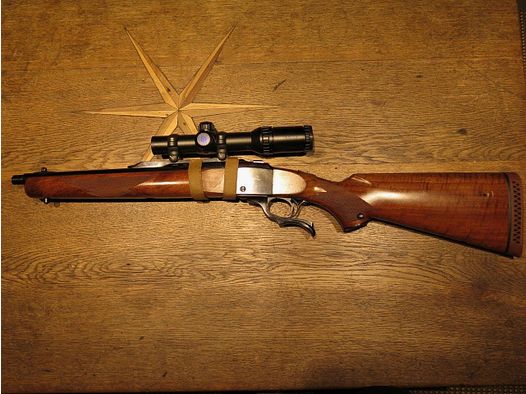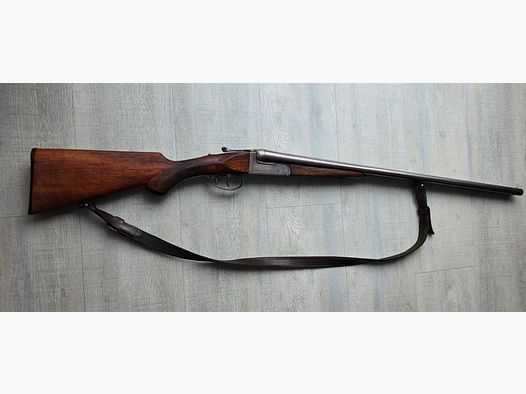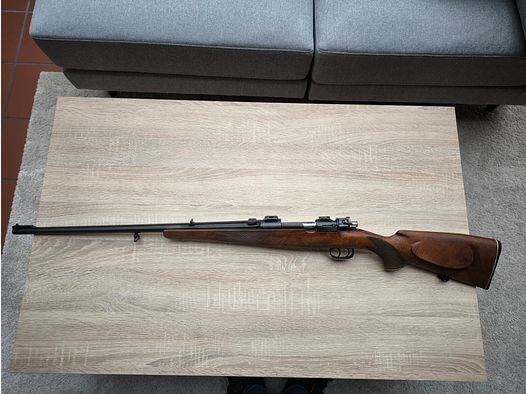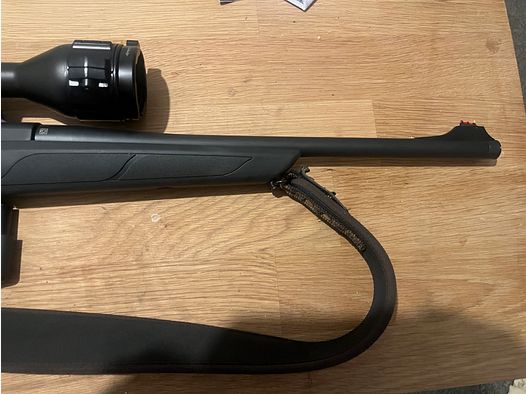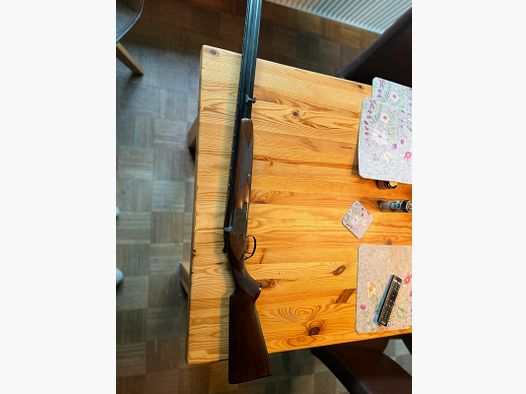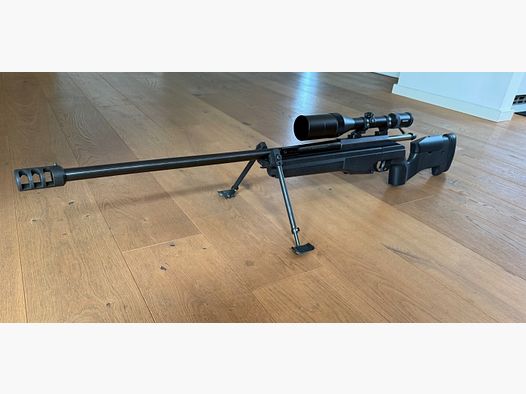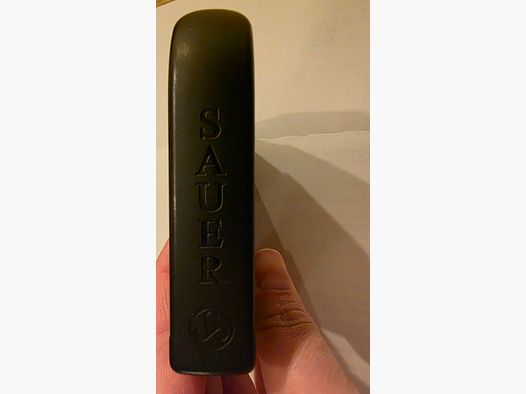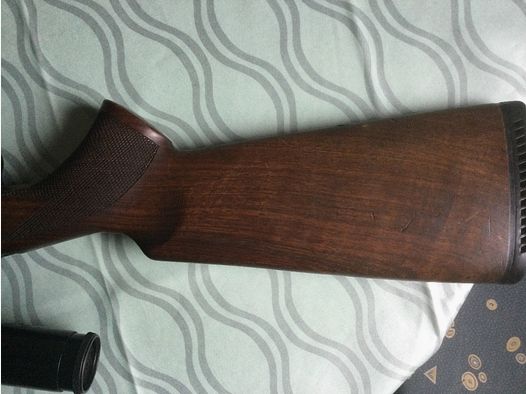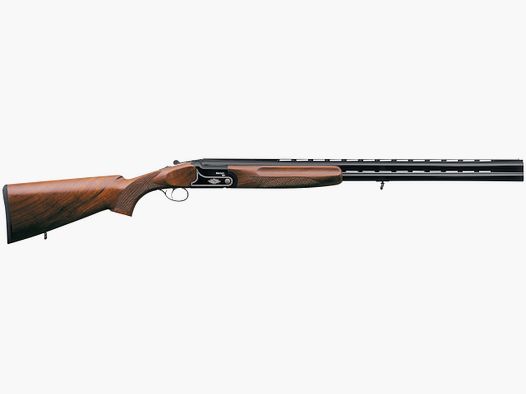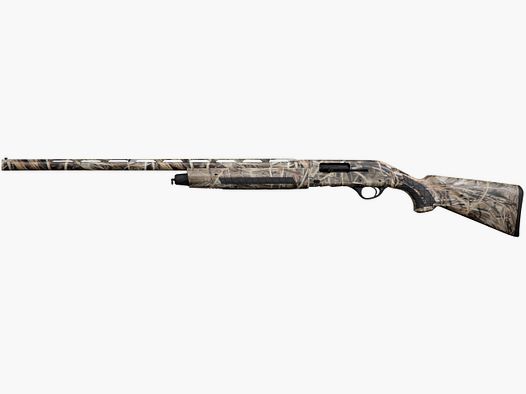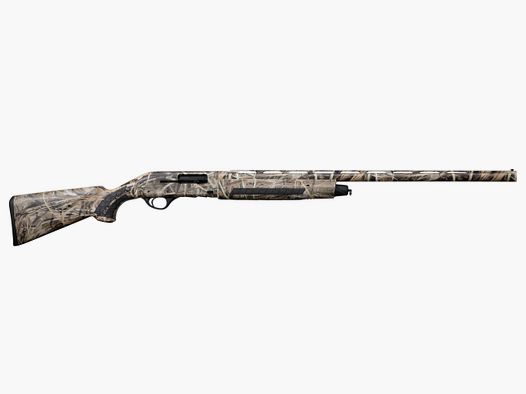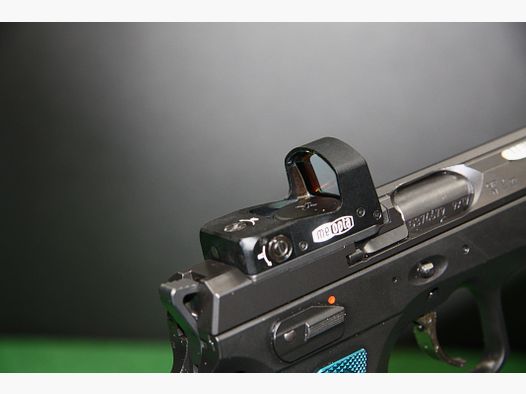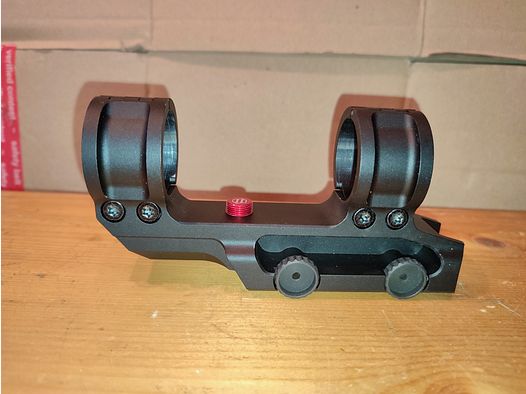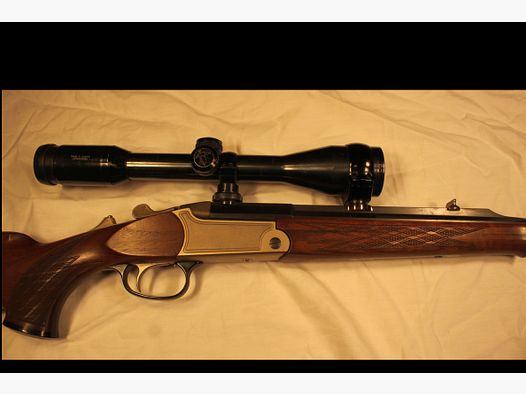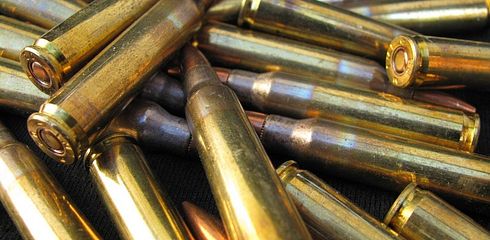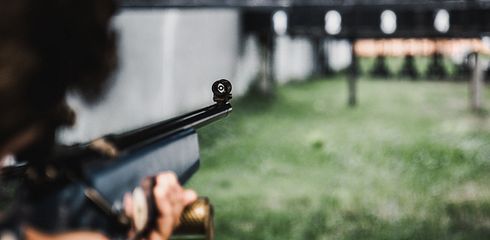Rifle Calibers
In relation to rifle ammunition, caliber generally refers to a size specification regarding the outer diameter of projectiles. However, the cartridge or ammunition type is often referred to as caliber as well.
For example: In the caliber 7 x 64, the projectile has a diameter of about 7 mm, and the length of the cartridge case (without the projectile) is 64 mm.
The number of different rifle calibers runs into the hundreds, with most firearm manufacturers limiting their selection to about twenty calibers.
However, even within this selection, opinions among hunters vary: If you gather opinions on the topic of caliber from various experienced hunters, it is very likely that you will hear something different from each one - which can lead to even more confusion.
Basically, when choosing a caliber, two factors are at odds:
The larger and more powerful the cartridge, the more securely the shot game lies dead in the noise, meaning it stays in place after being fatally hit. This spares the game unnecessary suffering - and saves oneself a tedious tracking job. On the other hand, the larger the caliber, the more damage is done to the game meat or hide by the shot, which argues for choosing a smaller caliber.
Furthermore, larger, more heavily loaded ammunition produces more recoil and muzzle flash, which can be uncomfortable for the shooter and may impair shooting precision - in anticipation of the strong recoil and loud shot noise, many shooters tend to "flinch" with large calibers - that is, they jerk when breaking the shot, causing the rifle to "pull off".
Thus, the choice of caliber is fundamentally about finding the right balance between effectiveness and conservation.
Additionally, price plays a significant role that should not be underestimated. Larger, more powerful calibers do not always cost more; rather, it is special, rare calibers that are difficult and expensive to acquire.
The most important factor in the decision is the type of game being hunted. For example, a red deer requires a much higher "penetration power" than a fox.
An overly large caliber can even be disadvantageous for small game if the projectile exits the game body without having any effect. To illustrate: If light game, such as a deer, is shot at close range with a large caliber, it can happen that the projectile passes through the game body without expanding or mushrooming. The effect would then be like that of a full metal jacket bullet - not sufficient.
The following will describe the most common rifle calibers and the types of game that can be hunted with them.
For novice hunters, calibers that are as universally applicable as possible are recommended.
The group of the smallest hunting calibers starts with the Anglo-Saxon designation ".22": The caliber .22 lfB, .22 Winchester Magnum, and .22 Hornet have a bullet diameter of only 5.6 mm and are only permitted for hunting vermin in Germany. In contrast to larger calibers that are also allowed for vermin, this caliber group causes little damage to the hide, allowing it to be used in various ways. Compared to other game species, lower limits apply for deer regarding both the diameter of the projectile and the impact energy of the bullet on the game body. Thus, ammunition is permissible from .222 Remington (5.6 x 43 mm) for deer, but as mentioned, not for other ungulate species. The difference from the ".22" category lies in the stronger propellant charge, which is visually recognizable by the longer case.
In this context, the term "small caliber" is also common. Historically, rifle ammunition with a projectile diameter of less than 7 mm fell into this category; today, the upper limit for small calibers is 5.6 mm bullet diameter. The most common small caliber is .22.
For all ungulate species larger than deer, ammunition is permissible in Germany where the projectile has a diameter of at least 6.5 mm and the impact energy at one hundred meters is at least 2,000 Joules.
This sounds very technical; the most common calibers that meet these requirements are the Anglo-Saxon .270 Winchester (7 × 64.5 mm), .308 Winchester (7.62 x 51 mm), .30-06 Springfield (7.62 x 63 mm), .300 Winchester Magnum (7.62 x 67 mm), and the German 6.5 x 57, 7 x 64, 7 x 65 R, 8 x 57 IS, 8 x 68 S, and 9.3 x 74 R.
From a bullet diameter of 9.53 mm (0.375 inch), one speaks of a large caliber. However, among hunters, the widely used caliber .300 Winchester Magnum is often counted among the large calibers, even though it technically does not meet the requirement due to its smaller bullet diameter.
All calibers exhibit different ballistic properties in detail, such as the curvature of the trajectory, the speed of the bullet, or the impact energy at the target. As a rule of thumb, however, one can say that the longer the case, the flatter the trajectory, which makes aiming at long distances easier. On the other hand, recoil and possibly muzzle flash increase with the shot.
Finally, it should be noted that different ammunition of the same caliber can behave differently, depending on the load - despite the same caliber, the composition of the bullets or the primer charges can differ, leading to variations in ballistic properties.
An overview of the most important approximate key data:
V0 = projectile speed at the muzzle
E0 = energy at the muzzle
| Caliber: | Metric Measure: | V0: | E0: | Application Area: |
| .22 Win | 5.7 x 27 mm | 500–670 m/s | 410–440 J | Trapping |
| .22 Hornet | 5.7 x 35 mm | 612–930 m/s | 640–1160 J | Small game (up to badger), geese |
| .222 Remington | 5.6 x 43 mm | 900–1100 m/s | 1300–1700 J | up to deer |
| .270 Win | 7 × 64.5 mm | 933–957 m/s | 3840 J | Mountain hunting, deer, wild boar, moose hunting |
| 7 x 57 | 7 × 57 mm | 720 m/s | 2900 J | Universal |
| 7 x 64 | 7 x 64 mm | 779–969 m/s | 3200–4154 J | Universal |
| 7 x 65 R | 7 x 65 R | 820–920 m/s | 2200–3700 J | Universal - the 7 x 64 for break-action rifles, due to the rim, the cartridge is slightly larger but the powder charge is somewhat smaller |
| .308 Win | 7.62 x 51 mm | 785 m/s | 3500 J | Universal |
| .30-06 Spr | 7.62 x 63 mm | 820–900 m/s | 3200–4126 J | Universal |
| 8 x 57 IS | 7.92 × 57 mm | 750–900 m/s | 3600–4100 J | Universal |
| 8 x 68 S | 8 x 68 mm | 870–990 m/s | 5200–5570 J | strong large game, mountain hunting |
| 9.3 x 74 R | 9.3 x 74 mm | 662–853 m/s | 3400–5045 J | strong large game, mountain hunting, GEE over 200 m |
| .300 Win Mag | 7.62 × 67 mm | approx. 910 m/s | 5000 J | strong large game, mountain hunting |
Shotgun Calibers
The most commonly used shotgun calibers in Germany are 12, 16, and 20, with the largest bore diameter assigned the lowest number.
The reason for this is that the conversion follows a rather peculiar calculation:
For the designation of shotgun caliber 12, 12 equally sized balls were formed from one English pound of lead. The diameter of one of these identical balls is the diameter of caliber 12. Accordingly, caliber 16 is derived when 16 equal balls are formed from one English pound of lead. The diameter of one of 16 balls is lower than that of one of 12 balls, hence the bore diameter is also lower.
The shotgun caliber 20 was established according to this calculation.
For a complete caliber specification, the length of the cartridge case fired in this caliber is also included. However, shorter cartridges than what the chamber would allow can also be fired from shotguns, which can negatively affect shooting performance.
In addition to the caliber and length of a fired cartridge, the diameter of the individual shot pellets is also specified, with different strengths of shot being able to be fired from the same shotgun.
More exciting reports on the topic of caliber
Exciting, interesting, and informative reports on the topic can also be found with our premium partner, the hunting magazine Jagdzeit., for example, in the overview of all articles on the topic of caliber.



